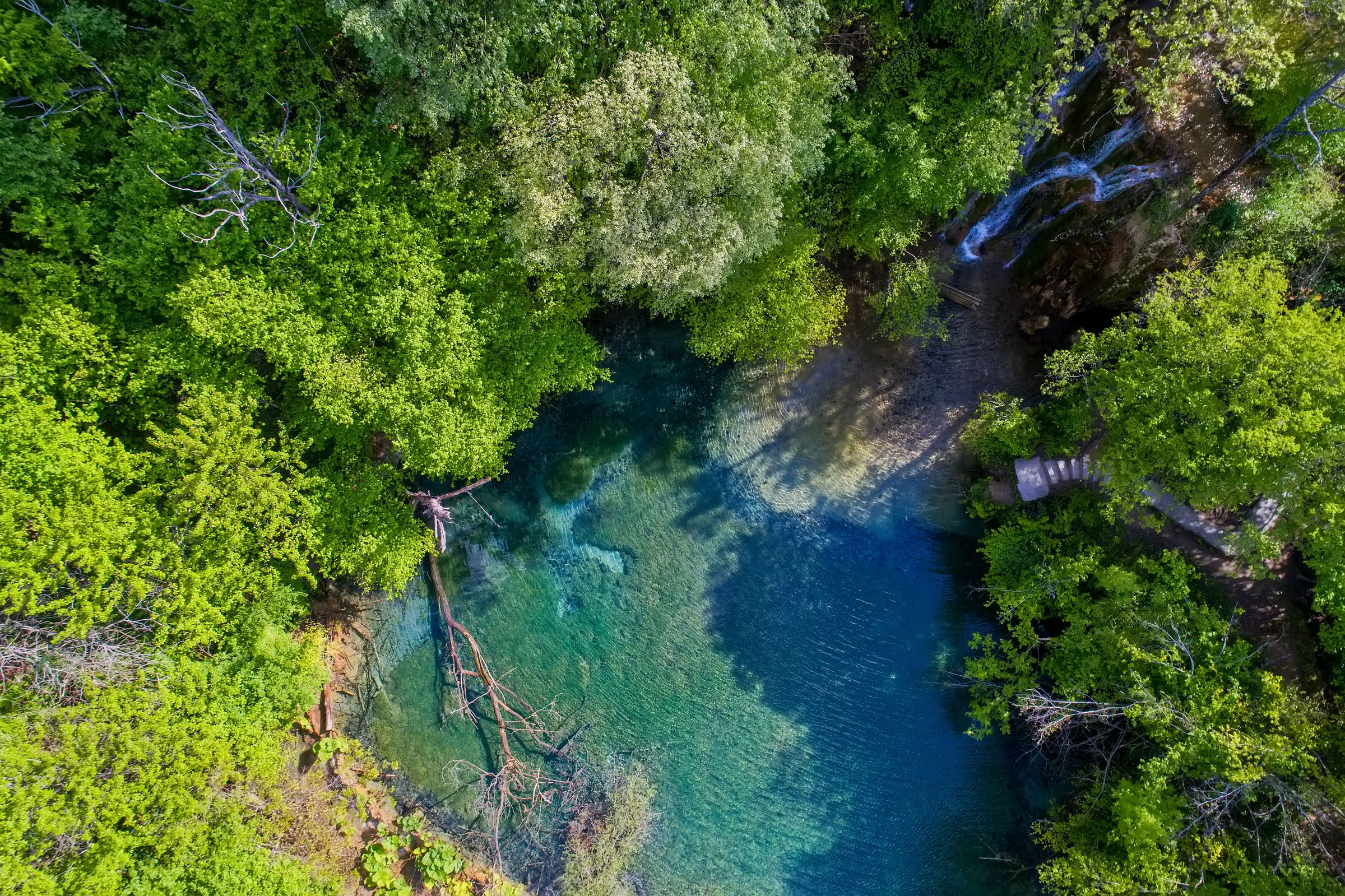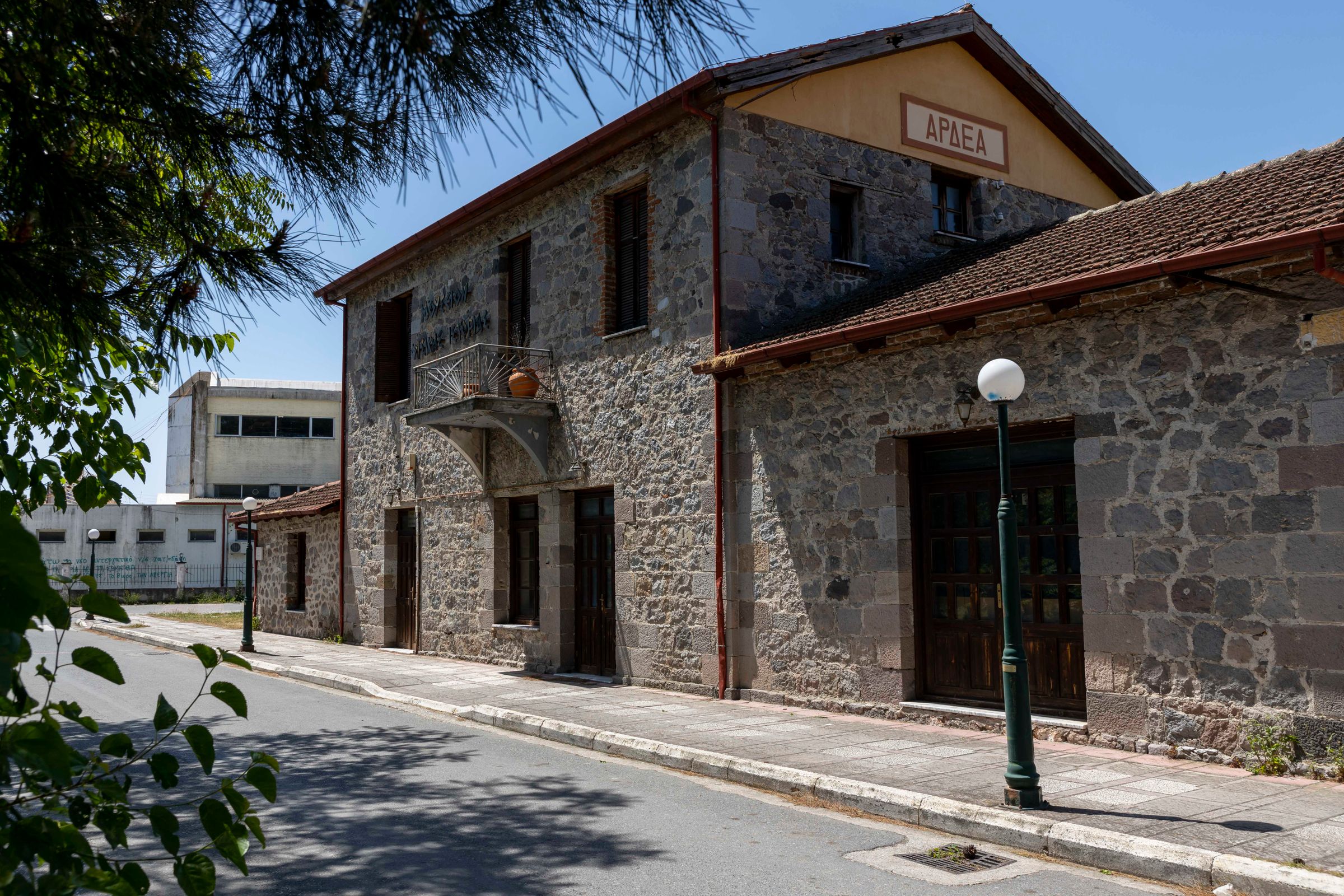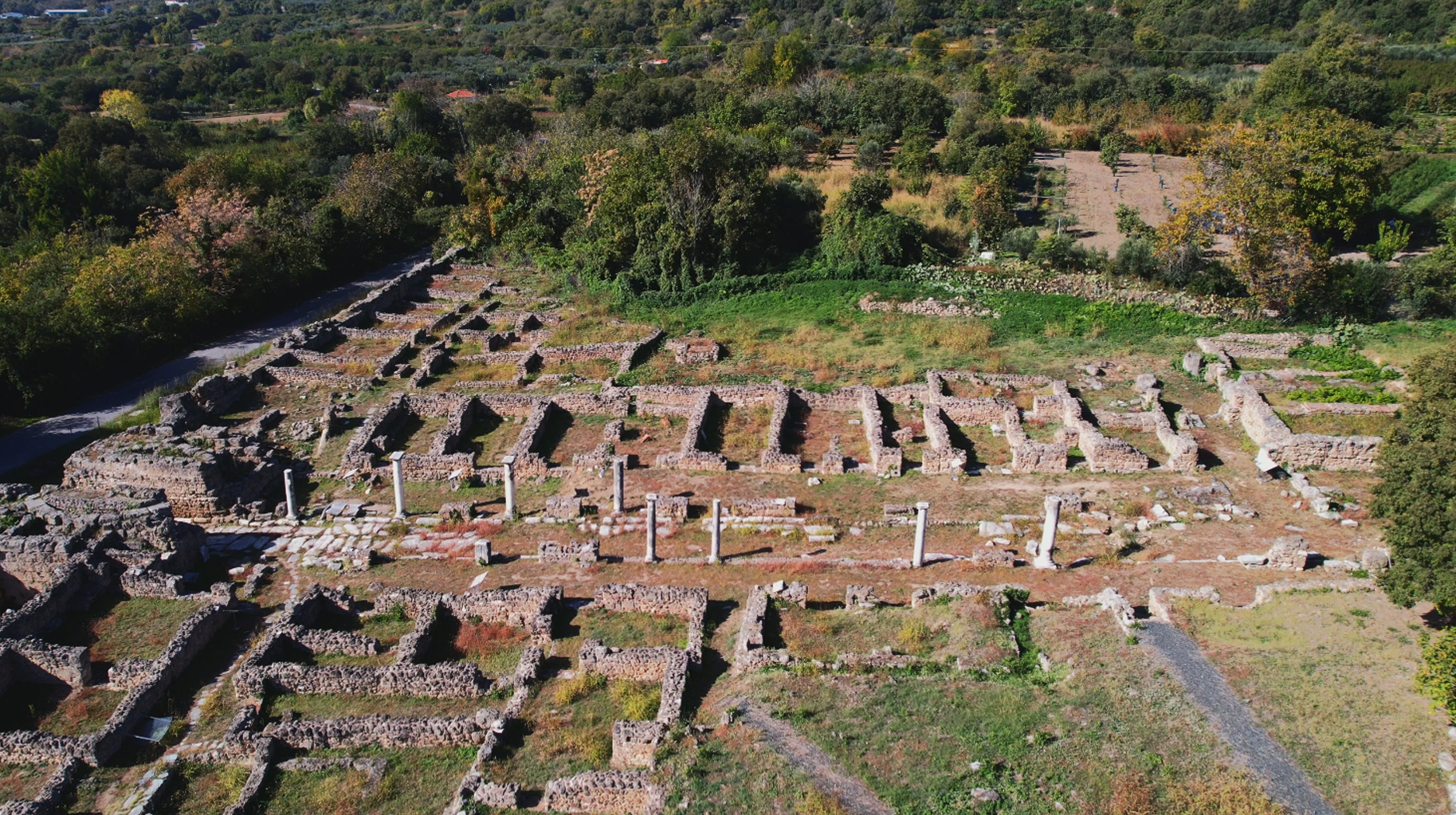
Cemetery of Constantia
Cemetery of Constantia
An Outstanding Example of Macedonian Archaeological Heritage
The Cemetery of Constantia is a significant archaeological site that highlights the rich history of ancient Macedonia. Located near the village of Constantia, north of the modern town of Giannitsa, this cemetery dates back to the Hellenistic period, approximately from the 4th to the 2nd century BCE.
The site features tumuli, which are large burial mounds or monuments used for the interment of important figures, likely nobility or generals of the time. Excavations at the cemetery have revealed a variety of funerary stelae, marble and stone slabs, and various grave goods that were placed with the deceased. These findings provide valuable insights into burial practices and rituals of the period.
The archaeological site of the Constantia Cemetery offers crucial information for understanding the social and cultural life of ancient Macedonia. The discovery of the tumuli and their associated grave goods provides a glimpse into the luxurious and elaborate burial practices of the era. The cemetery is usually open to visitors and archaeologists, and it is recommended for those interested in ancient history and archaeology. Visits can offer information about the life and culture of ancient Macedonia.







